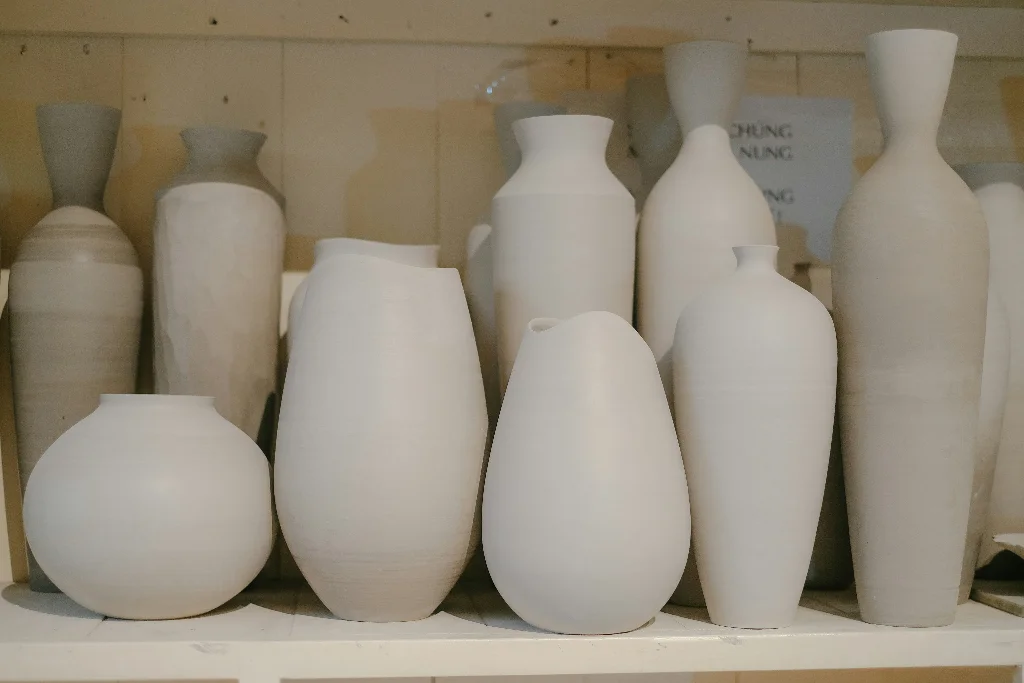In the world of modern innovation and sustainable architecture, Sodiceram has emerged as a transformative concept redefining the standards of design and material science. The term Sodiceram represents a fusion of sophistication, durability, and ecological mindfulness, making it a preferred choice in industries such as construction, ceramics, and digital design.
The Sodiceram approach combines traditional craftsmanship with futuristic technology to create eco-friendly and durable products. This balance between art and science has made Soiceram a vital element in industries aiming for both aesthetic excellence and environmental responsibility.
Understanding the Core of Sodiceram
The foundation of Sodicera lies in its advanced ceramic and material engineering techniques. These technologies are designed to enhance surface strength, color retention, and heat resistance—qualities that make it ideal for a wide range of applications from home interiors to industrial components.
The word Sodicera often symbolizes sophistication and technological refinement. It reflects an industry’s commitment to sustainability while maintaining exceptional quality and style.
Table: Key Features of Sodiceram Materials
| Feature | Description | Benefits |
|---|---|---|
| Durability | High resistance to wear and environmental damage | Long-lasting performance |
| Eco-Friendliness | Made from sustainable and recyclable materials | Reduces carbon footprint |
| Aesthetic Appeal | Available in multiple textures and finishes | Enhances modern design |
| Thermal Resistance | Withstands high temperatures | Suitable for industrial applications |
| Low Maintenance | Easy to clean and maintain | Saves time and effort |
Sodiceram in Architecture and Interior Design
Innovative Designs with Sodiceram
Architects and designers are increasingly turning to Sodiceram to bring timeless beauty and resilience into their projects. Its versatility allows it to blend seamlessly with both traditional and modern designs. Whether it’s a luxurious kitchen countertop, a sleek bathroom wall, or an artistic exterior facade, Sodceram materials elevate the visual and structural quality of any space.
The Role of Sodiceram in Sustainable Construction
One of the major advantages of Sodiceram lies in its eco-conscious manufacturing process. By minimizing waste and utilizing natural elements, Sodiceam supports green construction. The durability of the material also means fewer replacements and repairs over time, further reducing environmental impact.
The Science Behind Sodiceram
Material Composition and Innovation
The composition of Sodiceram materials involves a unique blend of high-grade clays, minerals, and innovative compounds that enhance structural integrity. Through advanced heat and pressure treatments, the materials acquire exceptional hardness and surface smoothness.
This scientific process ensures that Sodicram remains a leader in performance and innovation. Engineers continue to refine its properties to meet the demands of industries like aerospace, automotive, and renewable energy.
Table: Comparative Analysis of Sodiceram vs Traditional Materials
| Material Type | Durability | Heat Resistance | Eco Impact | Aesthetic Value |
|---|---|---|---|---|
| Traditional Tile | Moderate | Low | Medium | Good |
| Natural Stone | High | Moderate | High | Very High |
| Sodiceram | Very High | Very High | Low | Exceptional |
Digital Integration of Sodiceram
The digital world has also embraced Sodiceram as a symbol of innovation and sustainability. Designers and architects use digital modeling software to simulate Sodicerm surfaces in virtual environments before physical implementation. This integration helps ensure precision and reduces material wastage.
The Sodicera digital ecosystem extends to virtual showrooms and augmented reality (AR) platforms, allowing users to experience textures, patterns, and colors before making purchasing decisions.
Benefits of Using Sodiceram
Durability and Strength
One of the defining traits of Sodiceram is its remarkable durability. It can withstand moisture, heat, and heavy usage without losing its charm or integrity. This makes it suitable for both indoor and outdoor applications.
Eco-Conscious Production
Sodiceram is produced with minimal environmental impact. The manufacturing process focuses on energy efficiency and resource conservation. Additionally, most Sodicerm products are recyclable, aligning with global sustainability goals.
Aesthetic Versatility
The aesthetic versatility of Sodiceam allows designers to experiment with colors, finishes, and patterns. Whether the goal is a minimalist modern look or a classic traditional appeal, Sodicerm adapts beautifully to all styles.
The Future of Sodiceram in Design and Technology
Technological Advancements
The future of Sodiceam looks promising, with continuous advancements in nanotechnology and smart materials. These innovations aim to enhance features such as self-cleaning surfaces, scratch resistance, and adaptive thermal properties.
Sustainable Global Expansion
As the demand for sustainable materials grows worldwide, Sodicerm is poised to expand its presence in both developed and emerging markets. Manufacturers are exploring regional partnerships and local production models to ensure accessibility and affordability.
Applications of Sodiceram Across Industries
| Industry | Application | Advantages of Sodiceram |
|---|---|---|
| Construction | Tiles, walls, flooring | Long-lasting, elegant, and sustainable |
| Automotive | Heat-resistant parts | Improves safety and efficiency |
| Aerospace | Structural components | Lightweight and strong |
| Energy | Renewable systems and insulation materials | Enhances energy efficiency |
| Interior Design | Furniture surfaces and decorative elements | Offers aesthetic flexibility |
Challenges and Opportunities for Sodiceram
While Sodieram continues to make strides, challenges such as production cost and technological standardization remain. However, research into automation and green manufacturing processes is gradually reducing these barriers.
Opportunities are vast—particularly in green architecture, urban infrastructure, and digital product design. The increasing awareness of sustainability and circular economy principles is pushing Sodicram into the spotlight as a leading material of the future.
Conclusion
In conclusion, Sodiceram represents the perfect harmony between technology, design, and sustainability. It has redefined how industries approach material innovation—offering products that are not only beautiful but also environmentally responsible and long-lasting.
As technology continues to evolve, will undoubtedly play a critical role in shaping the future of sustainable architecture, interior design, and beyond. Its enduring strength, eco-friendly profile, and artistic appeal make it a true symbol of progress in the modern world.






